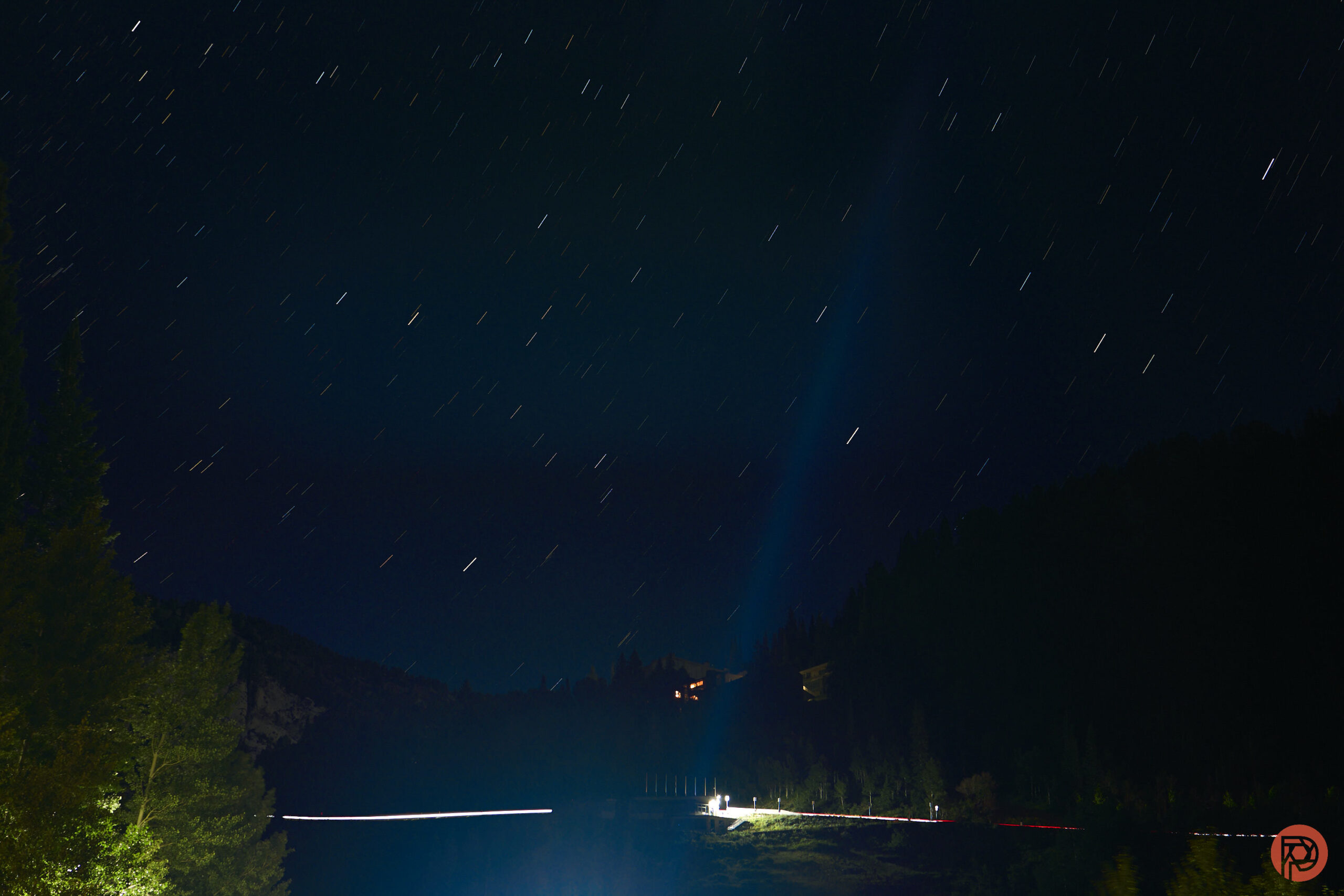Astrophotographers are looking for something really special with their cameras. Lots of them end up compositing their images in post-production software later on — especially if they’re making star trails. But the LUMIX S5II recently got the one thing every astrophotographer wants — live composite. This is a special feature that LUMIX has exclusively in the full-frame camera category. And if you’ve ever wanted to create images of the night sky that are completely stunning, then here’s how to do it. You’ll see exactly why the LUMIX S5II is the best camera for astrophotographers.
This piece is presented in partnership with Panasonic LUMIX. We’ve independently and ethically reviewed all the products in this post already without sponsorship. And we worked with them to recommend a few key gems to you. Want one? You can pick it up on Amazon.
Table of Contents
What is Live Composite
Live composite is a feature that works by shooting a specific photograph of a scene. After that, the camera essentially does a blend of a timelapse and a composite. In this case, the Lumix S5 II analyzes every frame that comes later on and averages in the changes to the original photograph that it shot. In this way, it composites layers upon layers to the first image.
It’s best used with astrophotography. But we’ve seen it used with things like traffic light trails, storms, and night sky photography.
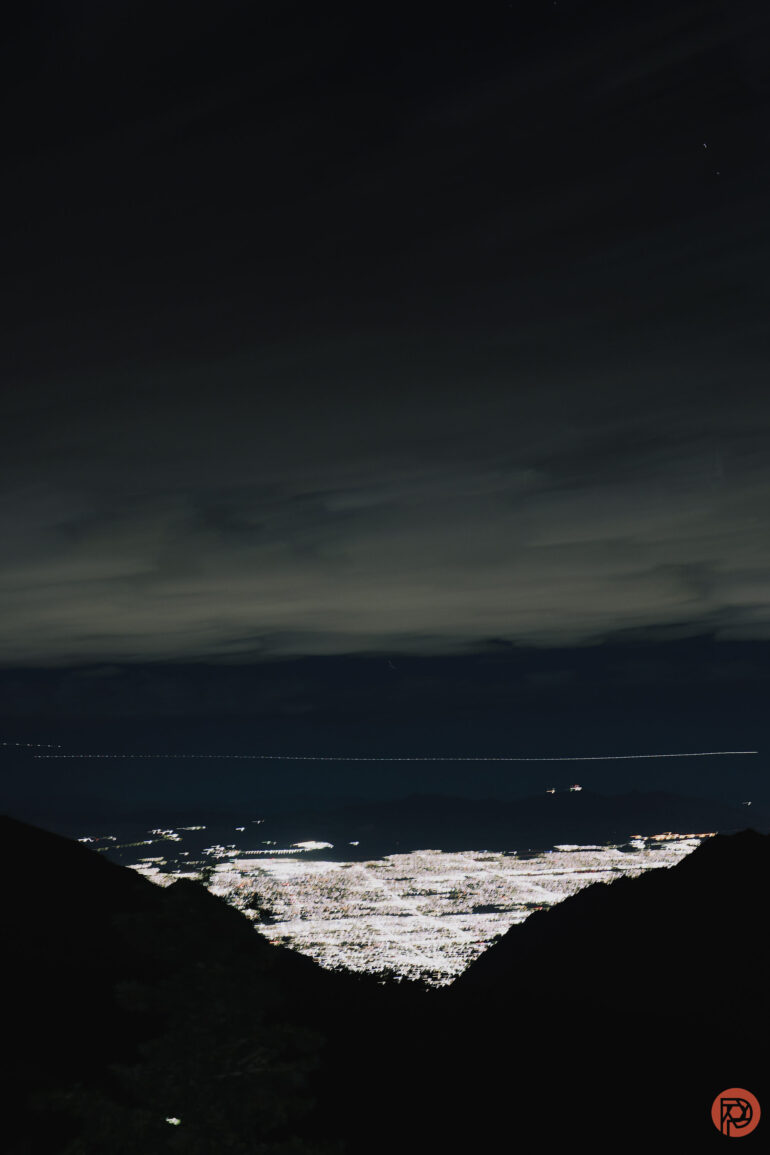
The benefit here is that you get a final composited RAW photo or a JPEG. If you want to edit the RAW, you can do so later on. If you want to be happy with the JPEG, then you just need to dial in the settings beforehand.
Combined with special features on the LUMIX S5II like Real Time LUT, it can be a very satisfying thing to do.
Recommended Camera Gear
First off, we recommend doing this with the LUMIX S5II. But you can do it with a few other cameras from LUMIX as well.
If you want the right lens we recommend the LUMIX 18mm f1.8. When we independently reviewed the lens, we said the following:
“This lens is very sharp when shot wide open. And it becomes even more sharp when stopped down. What even better about this lens is that not only does it become sharper, but the colors don’t really fade as a result. With lots of other lenses, there’s so much contrast when shooting wide open that’s partially a result of vignetting. But with the Panasonic 18mm f1.8, the sharpness is there and it’s pure.”
That sharpness is going to mean a whole lot when you’re shooting the night sky. There are surely other lenses that you can use. In fact, any lens from LUMIX can work with this method, but your framing is going to change greatly. We like doing this with the LUMIX 50mm f1.8 because of its affordable price point and versatility.
Here are some other tips to follow when shooting with the Live Composite setting on the Lumix S5 II:
- Use a tripod. You need stability, and your future self will thank you.
- Shoot in manual mode. We recommend enabling the constant preview setting.
- Set the focus to manual mode and focus until the stars are in focus. The S5 II can magnify specific areas of the frame so you can ensure they’re sharp.
- If you’re shooting a wider scene and someone comes by while flashing a light into the camera, it’s going to affect the entire scene. Be attentive to what’s going on. You’ll even sometimes see that the exposure could become something you don’t necessarily want.
- Use the lens hood: it can minimize stray reflections pretty well.
- You want to use a modest ISO setting here. We tend to go for ISO 400 – 3200 because it can give you a slower shutter speed to get the effects you want in the scene.
- Play around with it. It’s hard to really mess this up.
- Lock your white balance. Though the Lumix S5 II will do this already for you, it’s best to do this beforehand if you want to do less post-production and when combined with the Real Time LUT feature.
- Set your camera to shoot multiple exposures for a period of time. You can always end it early on.
See Why the LUMIX S5II is the Best Camera for Astrophotographers
The Lumix S5 II is so great for astrophotographers for several reasons. First off, with a 24MP full-frame sensor, it controls high ISO noise really well. That translates into making the editing process really simple. With other camera systems, high ISO camera noise is a real thing that can make the editing process very difficult.

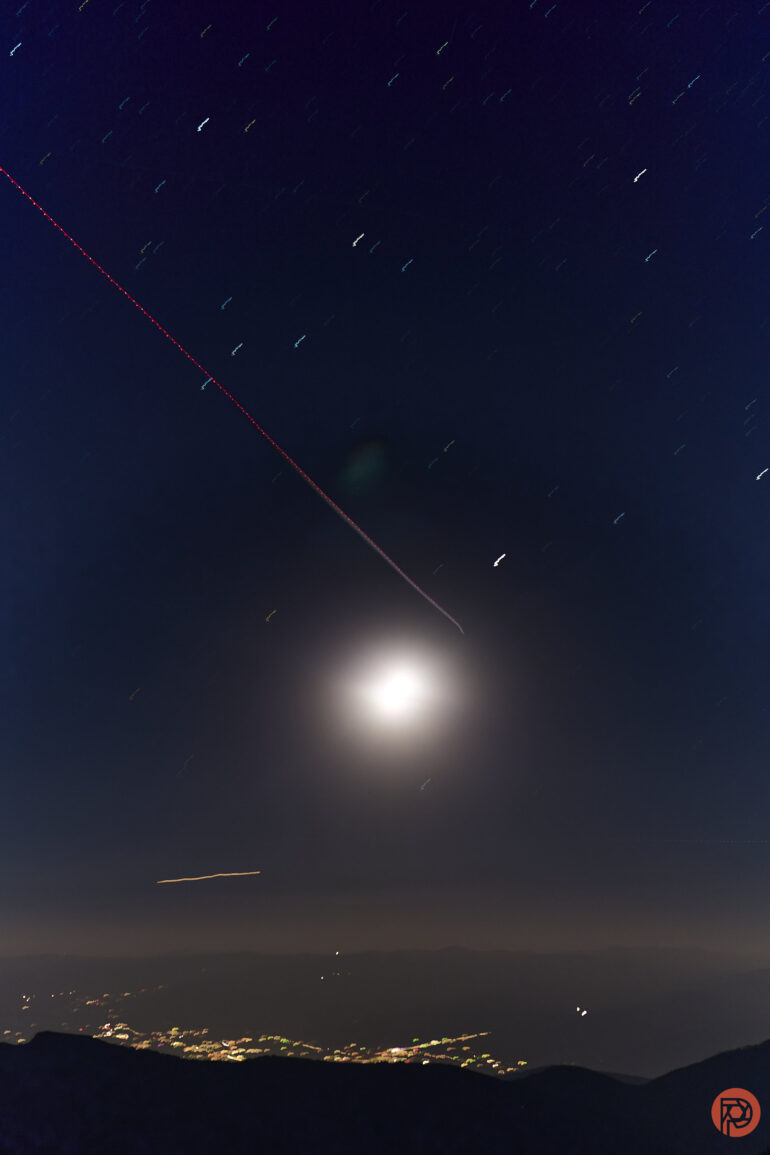
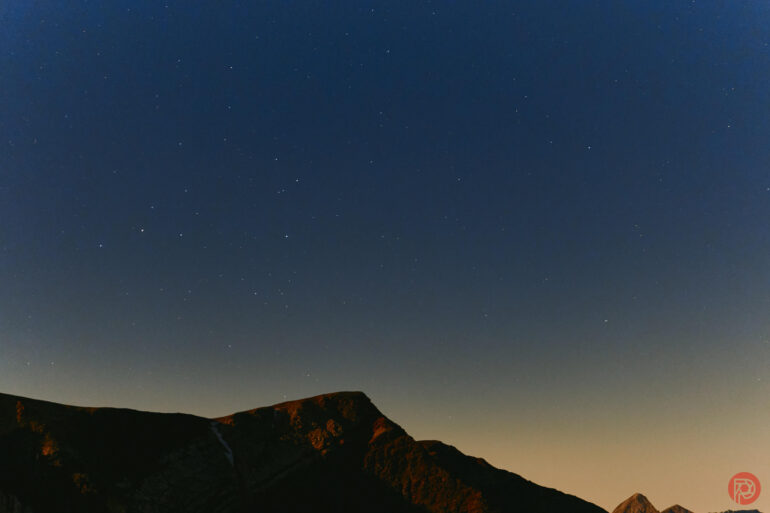
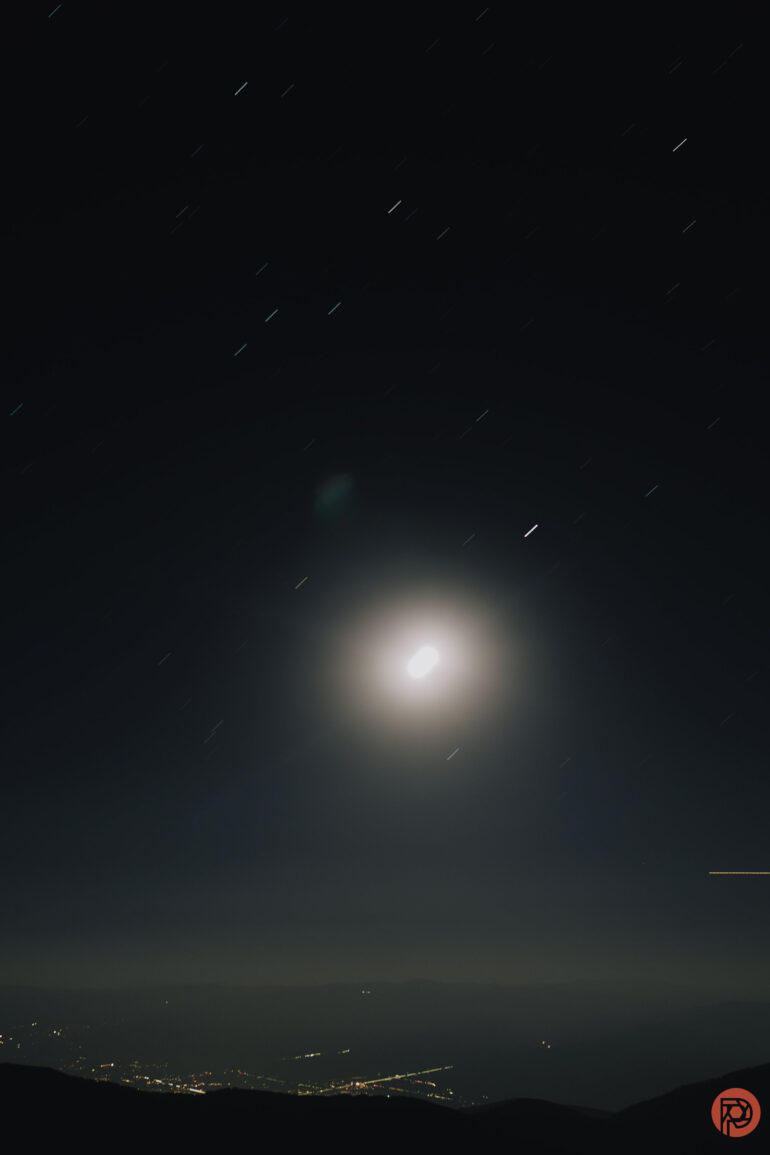
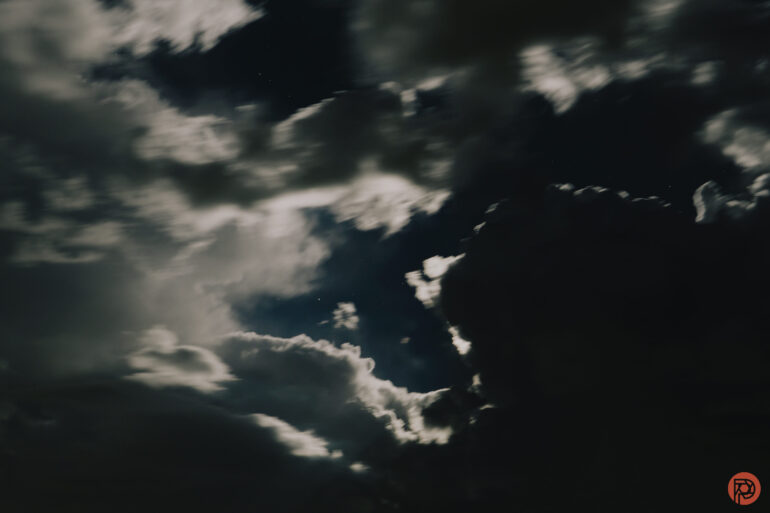
Combine this with another feature that the S5 II has — Real Time LUT. This feature lets you basically add your own color presets to the camera. Years ago, we interviewed photographers here on the site who did astrophotography with film cameras. So, when I used the Lumix S5 II to shoot the photos in this article, I used Real Time LUT with a film preset. Of course, LUMIX also adds other unique looks to the camera on their own side.
Seriously, we can’t emphasize enough how great this feature is. The fact that it cuts down on post-production means that the entire mentality of shooting Live Composite is something that happens on the spot. There isn’t a huge emphasis on making the photo then into something it’s not really through lots of post-production. Instead, it’s authentically itself.


